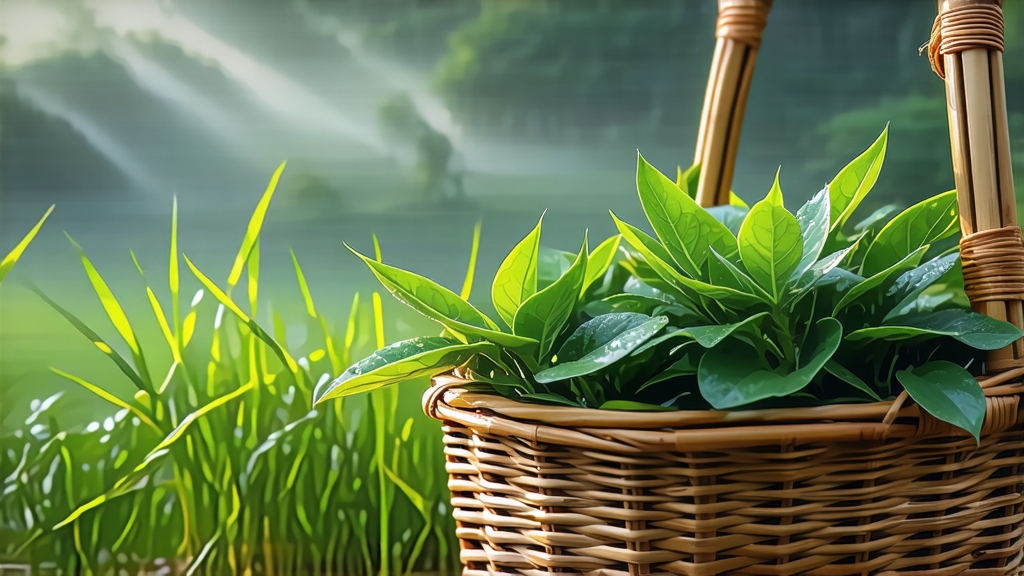
Longjing, literally “Dragon-Well,” is the most celebrated among China’s several hundred green teas, a name that conjures images of mist-capped hills, stone-rimmed wells, and emperors who once fled the summer heat of Hangzhou to sip its jade liquor. First praised in Tang-dynasty gazetteers and elevated to tribute status under the Qing’s Qianlong Emperor, the tea has spent twelve centuries refining the art of tasting like liquid morning light. Today it remains the benchmark against which all other Chinese greens are judged, yet its story is still being written in the narrow valleys that frame West Lake.
Geography is destiny. Authentic West Lake Longjing grows inside a 168-square-kilometre micro-zone where porous quartzite soils meet subtropical humidity. The slopes act like amphitheatres, catching cloud but shedding excess rain, while day-night temperature swings coax amino acids—especially the sweet-tasting L-theanine—into every bud. Move the same cultivar thirty kilometres east and the leaf steeps flat and astringent; move it to Yunnan and it forgets how to be Longjing at all. Within the lake’s perimeter eighteen villages compete for top rank: Lion Peak (Shifeng) for fragrance, Meijiawu for body, Wengjiashan for lingering sugarcane notes. Each slope’s orientation—south-facing for solar warmth, north-facing for slower growth—adds a sentence to the same green poem.
The plant itself is a shape-shifter. While the traditional Longjing Qunti cultivar sports small, thick leaves that tolerate high-heat pan-firing, modern clonal selections such as Longjing #43 bud ten days earlier, yield a brighter emerald colour, and surrender a more pronounced orchid aroma. Farmers increasingly interplant the two, hedging against climate volatility: the old strain for depth, the new for market timing. In March, when overnight lows still flirt with frost, the bushes awaken; by the Qingming festival in early April they have reached the ideal “one bud with one unfolding leaf” pluck, a state that balances delicacy with enough substance to survive the torrid wok.
Harvest begins at dawn, when leaf moisture is high and mountain air is calm. Experienced pickers work with thumbnail precision, snapping rather than pulling so the stem remains unbruised. A seasoned hand can gather 600 grams of fresh leaf per hour, yet only 150 grams of finished tea will emerge after the night’s firing—an 80 % loss that explains the price of early-spring lots. Leaves are delivered to the village workshop within two hours; any delay oxidises the edges, turning the liquor brown and the aroma hay-like.
Pan-firing is Longjing’s signature alchemy. Electric woks set to 280 °C await, but the true master still prefers charcoal beneath cast iron for its radiant, even heat. Dressed in rough hemp to absorb sweat, the tea master tosses 250 g of leaf across the curved surface, clapping it against the iron in a rhythm that sounds like distant rain. For ten minutes the leaves are “killed green,” deactivating enzymes that would otherwise ferment them into oolong. Temperature then drops to 80 °C and the shaping begins: palms press and slide, coaxing the leaf into the famous flat, sword-like profile. A single batch is handled 2,000 times over twenty-five minutes; mis-timing by five seconds scorches the tips, under-working by thirty leaves them grassy. When the leaf feels “crispy outside, tender inside,” it is poured onto bamboo trays to cool, then re-fired twice more at successively lower temperatures, each cycle locking in fragrance while driving residual moisture down to 4 %. The final colour is the green of willow bark after spring rain, with a faint white down on the bud’s reverse—what poets call “the jade spearhead.”
Storage is the forgotten craft. Because green tea keeps its soul only six months, producers flush-pack in nitrogen within four hours of firing, then warehouse at 2 °C and 45 % humidity. Retailers who display the tea under shop lights are unwittingly steeping it in photons that convert chlorophyll to pheophytin, muting aroma within days. Connoisseurs buy early, freeze in 25 g vacuum sachets, and thaw only what will be drunk that week.
To brew Longjing is to negotiate between reverence and restraint. Begin with still mineral water around